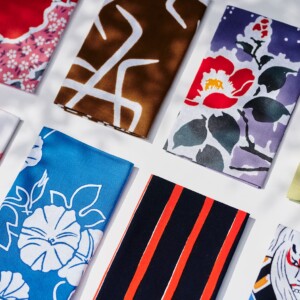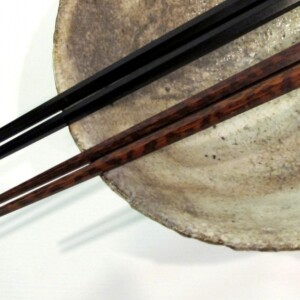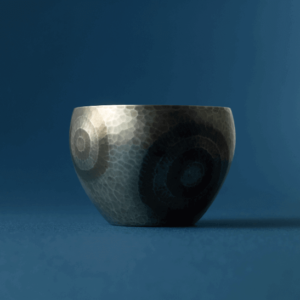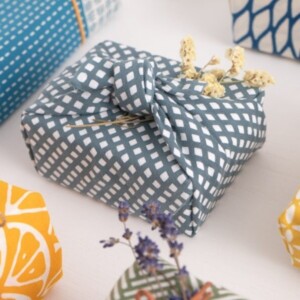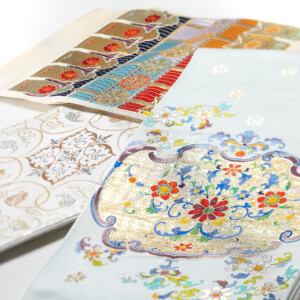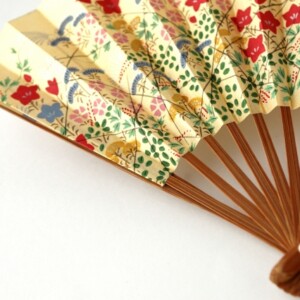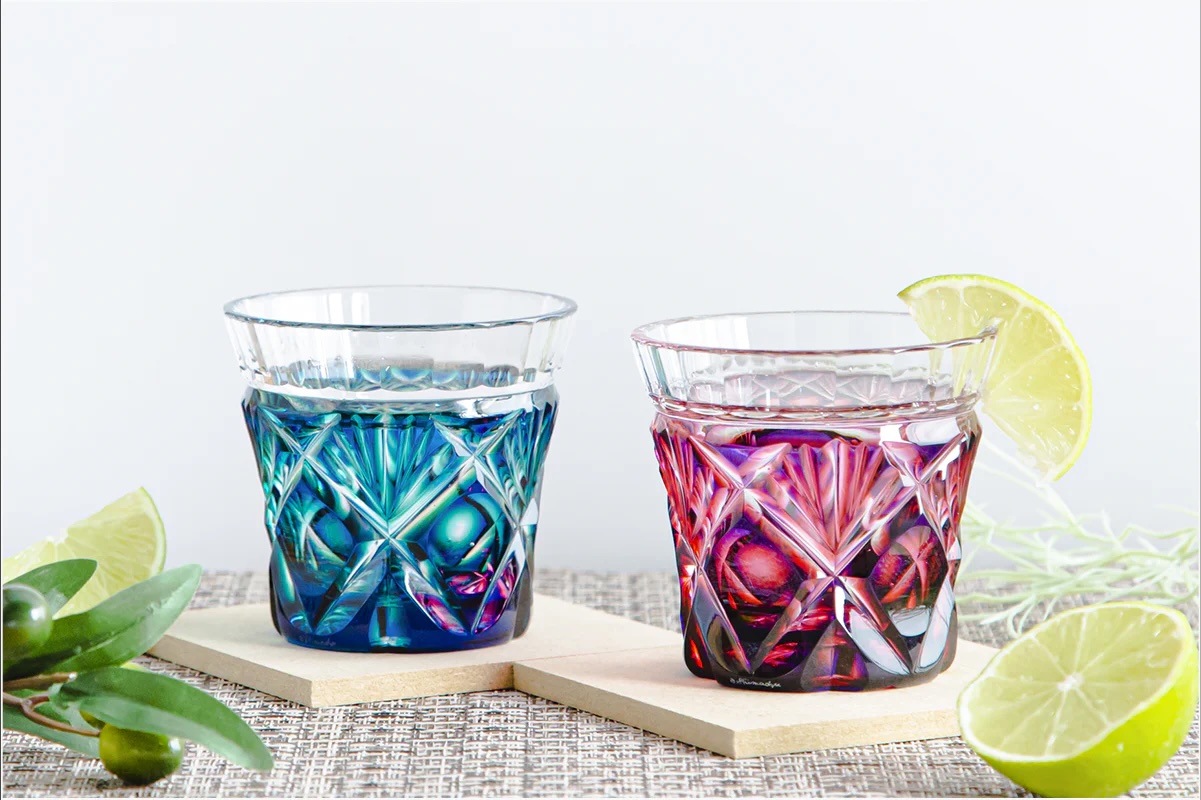
A gem of brilliance revived in the modern age! Introducing the charm and characteristics of Shimadzu Satsuma faceted glass.
Many people may think of the beautifully cut glass products of Edo faceted glass and Satsuma faceted glass (Satsuma Kiriko) when they think of faceted glass.
While Edo faceting was made in Edo (Tokyo), Satsuma faceting, made in Satsuma (Kagoshima), once ceased to exist due to the passing of the feudal lord and drastic changes in the times. However, it has been restored with the passion and skill of modern craftsmen.
Today, Satsuma faceting is designated as a “traditional craft” by Kagoshima Prefecture. We will introduce the secret of its beauty and its history.
What is Satsuma faceting?
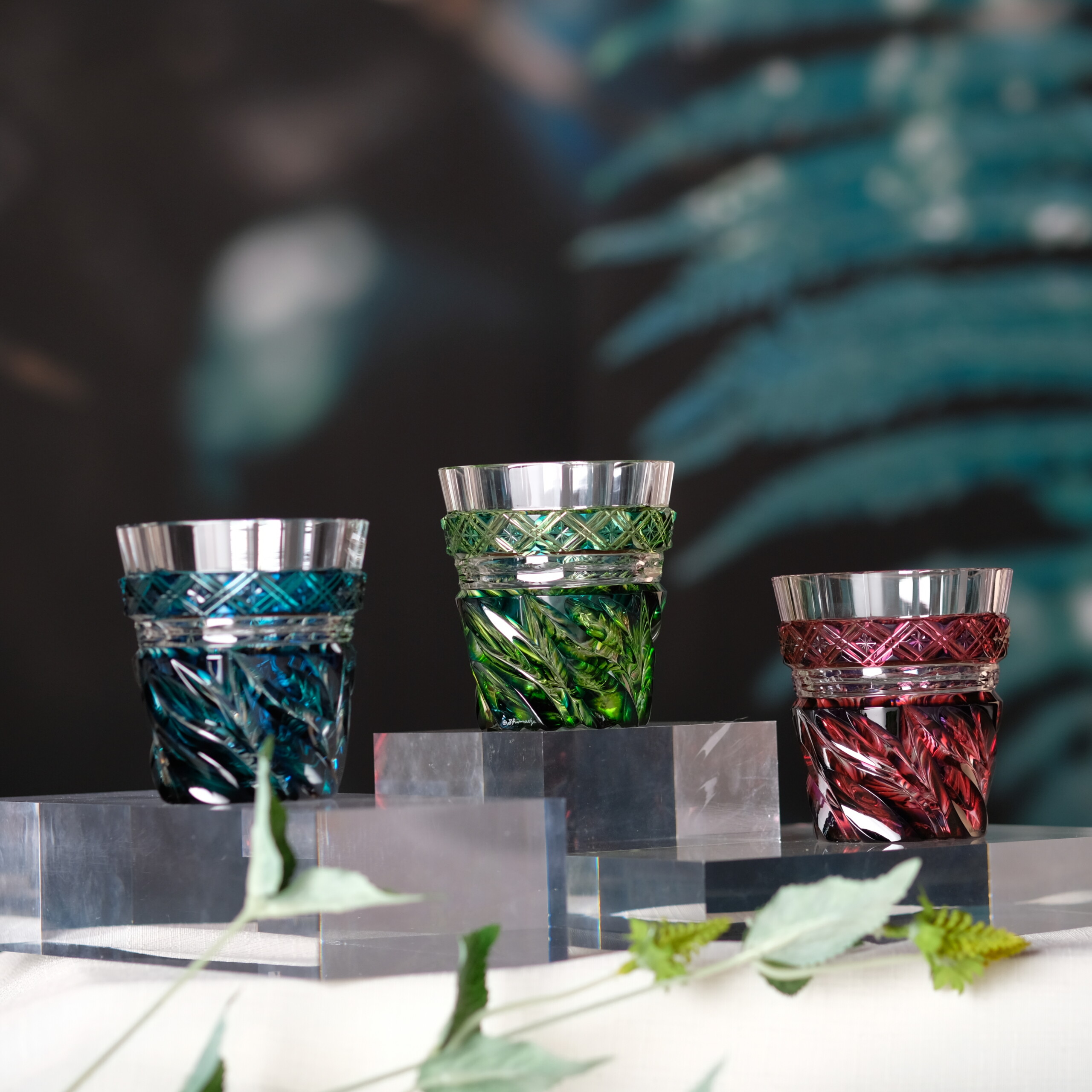
Satsuma faceted glass is a generic term for cut glass (faceted glass) produced by the Satsuma clan (present-day Kagoshima Prefecture) from the end of the Edo period to the beginning of the Meiji period.
However, the history of Satsuma faceting came to an end after less than 30 years due to the passing of the feudal lord and the upheaval at the end of the Edo period.
Shimadzu Satsuma faceting has since been revived over 100 years later.
Shimadzu Satsuma faceting was recognized as a “traditional craft” by Kagoshima Prefecture and has made a comeback.
About the history of Shimadzu Satsuma faceting
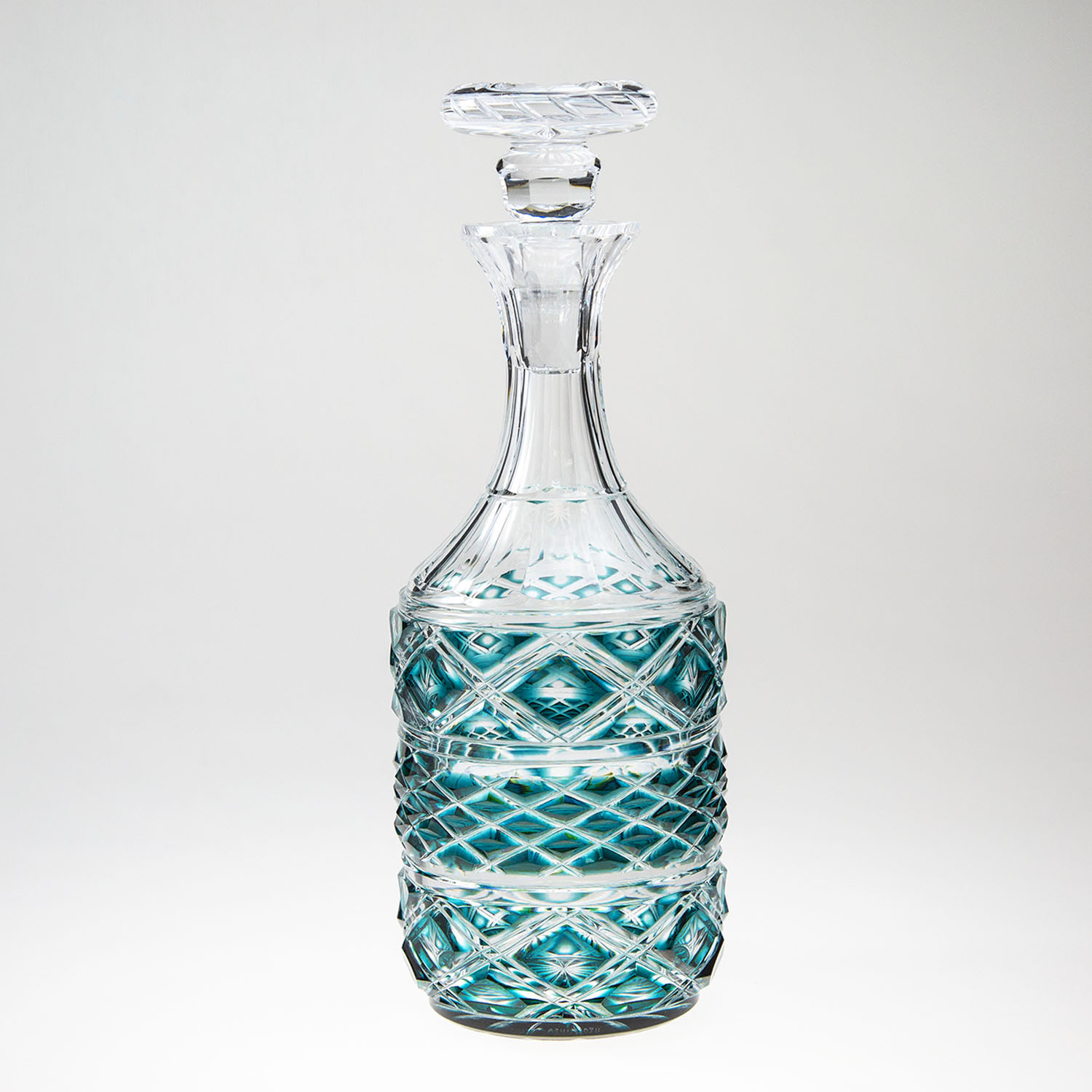
In 1851, under the direction of Nariakira Shimadzu, the 11th lord of the Satsuma clan, Satsuma faceting was developed as one of the modernization policies for trading goods with foreign countries and as gifts for feudal lords, which led to its rapid development.
However, after Nariakira’s sudden death at the age of 49, the British-Satsuma War (1863), the Meiji Restoration, and the Civil War (1877), the factory was destroyed by fire, and the production of Satsuma faceted glass once ceased.
After about 100 years, however, there was a movement to revive Satsuma faceting.
An attempt was made to restore it based on the few related materials left in the Shimazu family, measurements of the Satsuma facets in the collection, and photographs.
In 1985, with the cooperation of Kagoshima Prefecture, glass artisans, researchers, and related factories, Shimadzu Kogyo Corporation was established in Kagoshima City. After much trial and error, the company succeeded in producing a crimson color, and Satsuma faceted glass was revived in the modern age.
What are the characteristics of Shimadzu Satsuma faceting?
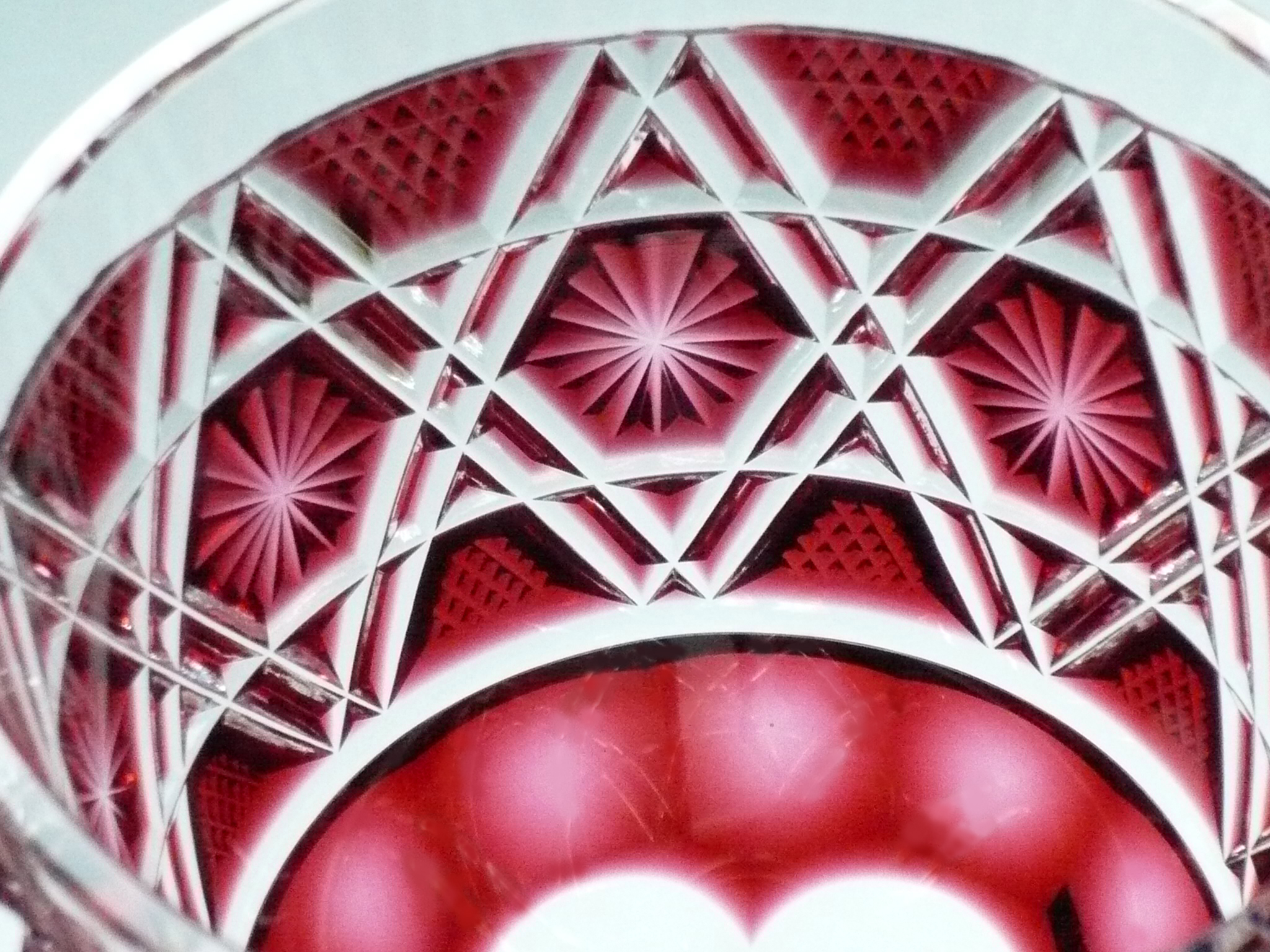
The most attractive feature of Satsuma faceting is its unique and beautiful gradation called “Bokashi.
Bokashi” is a technique to express color shading by the depth of the cut, and the thickness of the fabric is 2 to 3 mm.
The six colors, including red, indigo, green, yellow, gold-red, and Shimadzu purple, give a sense of Japanese wabi, sabi, and warmth.
How Shimadzu Satsuma faceting is made
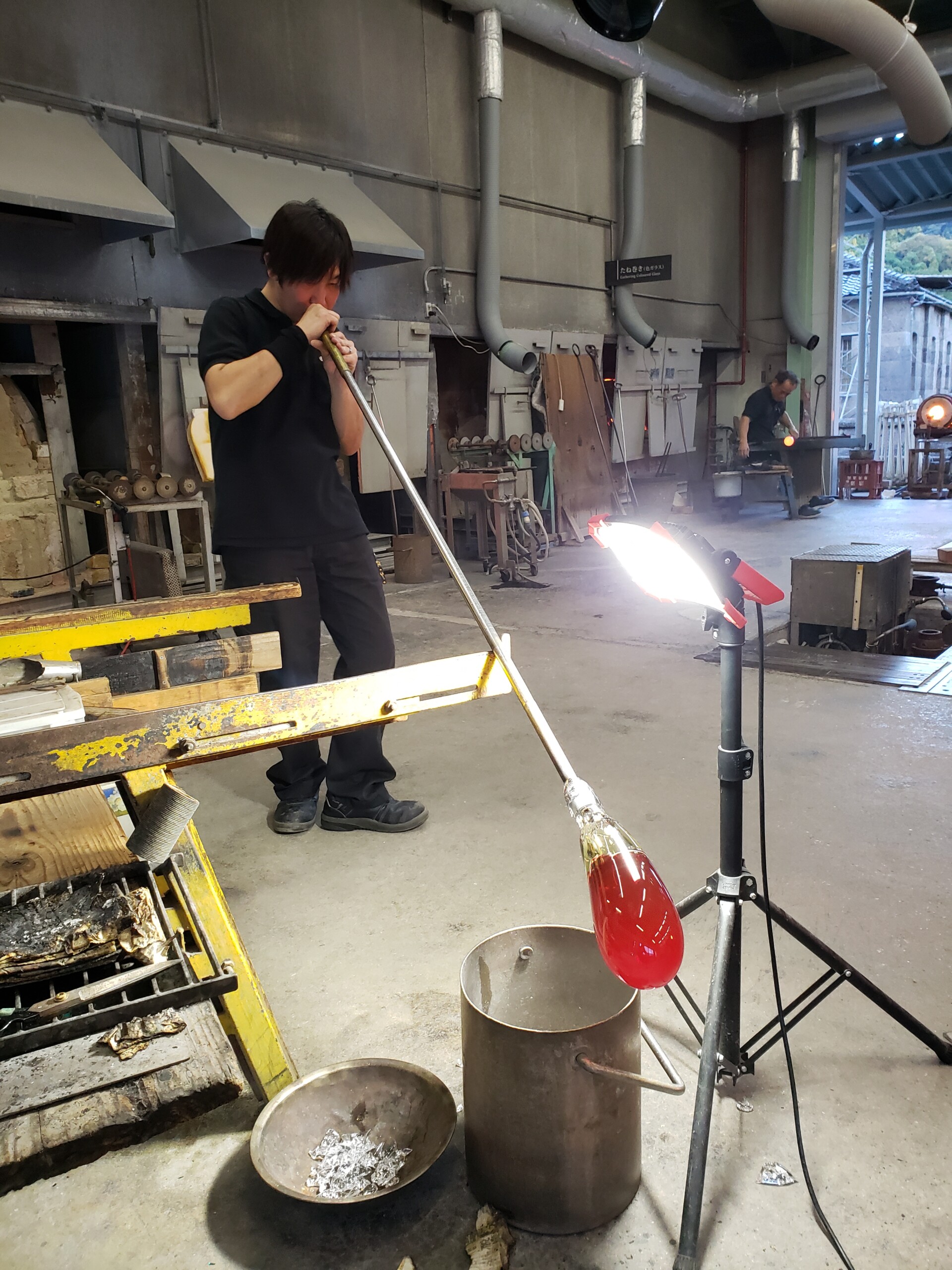
The process of making Satsuma faceted glass is divided into two major steps.
- Dough making
- Cutting
Making dough
Dough making is the process of creating a vessel before cutting.
First, the raw materials for glass are mixed and melted to make transparent or colored glass.
Next, the melted glass is wrapped around a rod and placed in a mold placed on the floor, where the clear and colored glass are overlaid.
The glass is then blown into a mold or wooden form to form the vessel, or the glass on the rod is heated and expanded to form the vessel’s shape.
Finally, the resulting dough is allowed to cool for about 16 hours.
Cutting
Next comes the cutting process.
First, the cut marks are written on the finished dough in a process called “atari.
After marking the marks, the surface is cut with a diamond wheel rotating at high speed (called “roughing”).
Then, the fine patterns are finished by “Ishikake,” and the lines and surfaces are polished by “Mokban-bori” and “Brush-bori.
Finally, “buffing” is done with a cloth disk to bring out the luster, and then Satsuma faceted glass is completed.
Conclusion

Satsuma faceting once ceased to exist. However, after 100 years, it has been revived as Shimadzu Satsuma faceting in the modern age.
The “weight” when you hold it in your hand and the “depth” of the cut you feel when you touch it are proof of Kagoshima’s tradition and high technology.
They are perfect for gifts and presents. Please look for your favorite bowl.
Shimadzu Satsuma facet official website
Shimadzu Satsuma Faceting Official Online Shop



